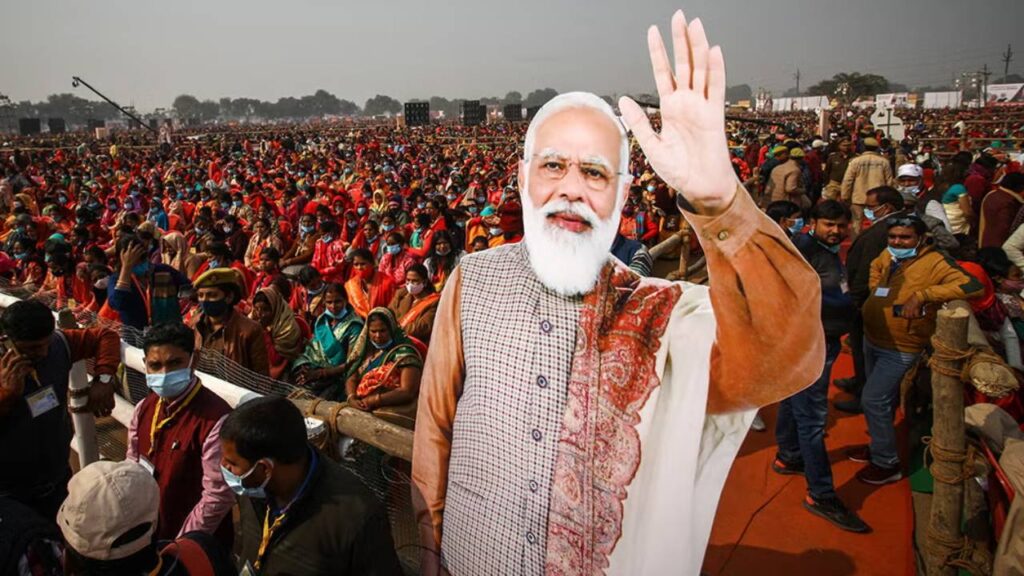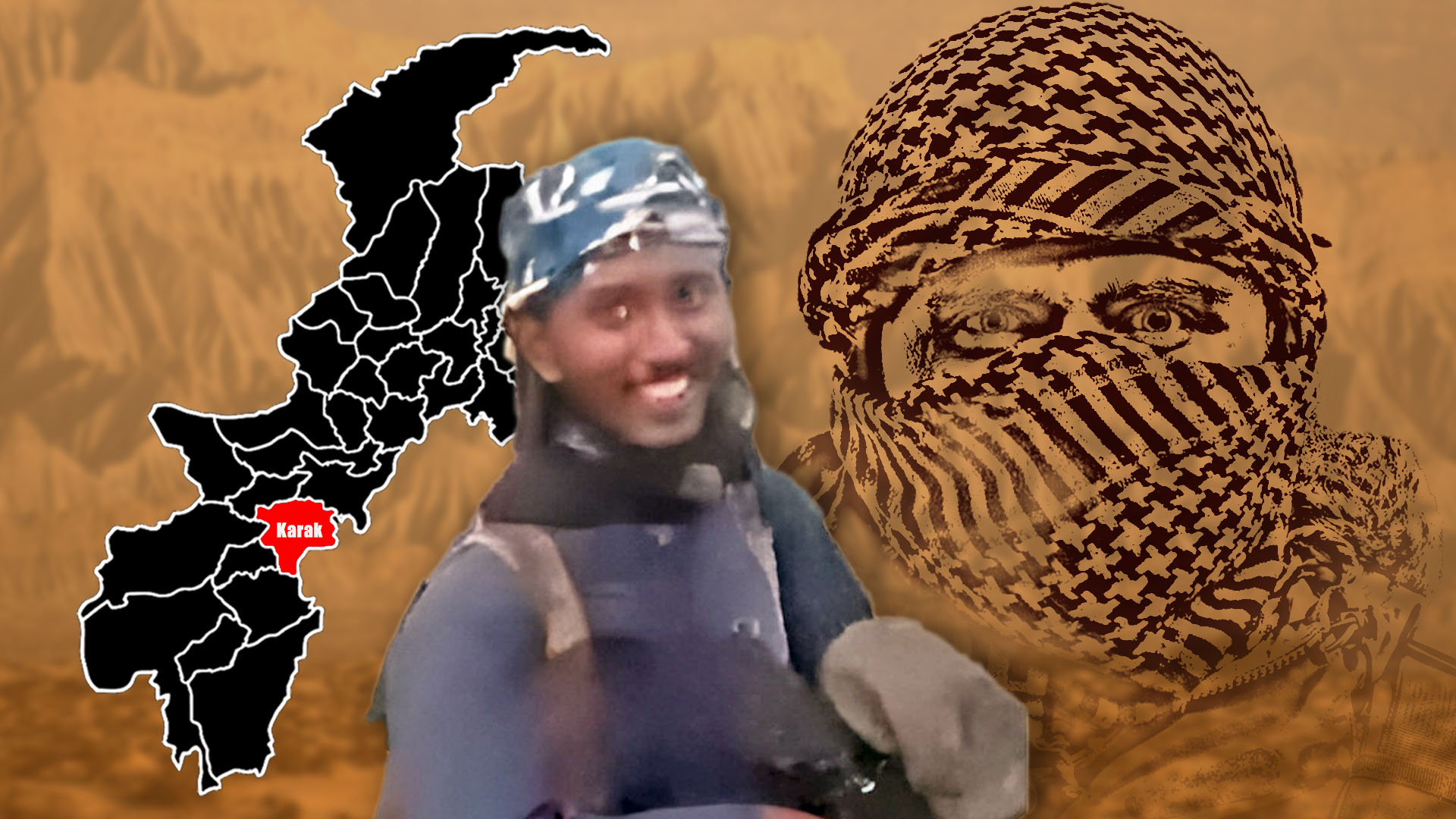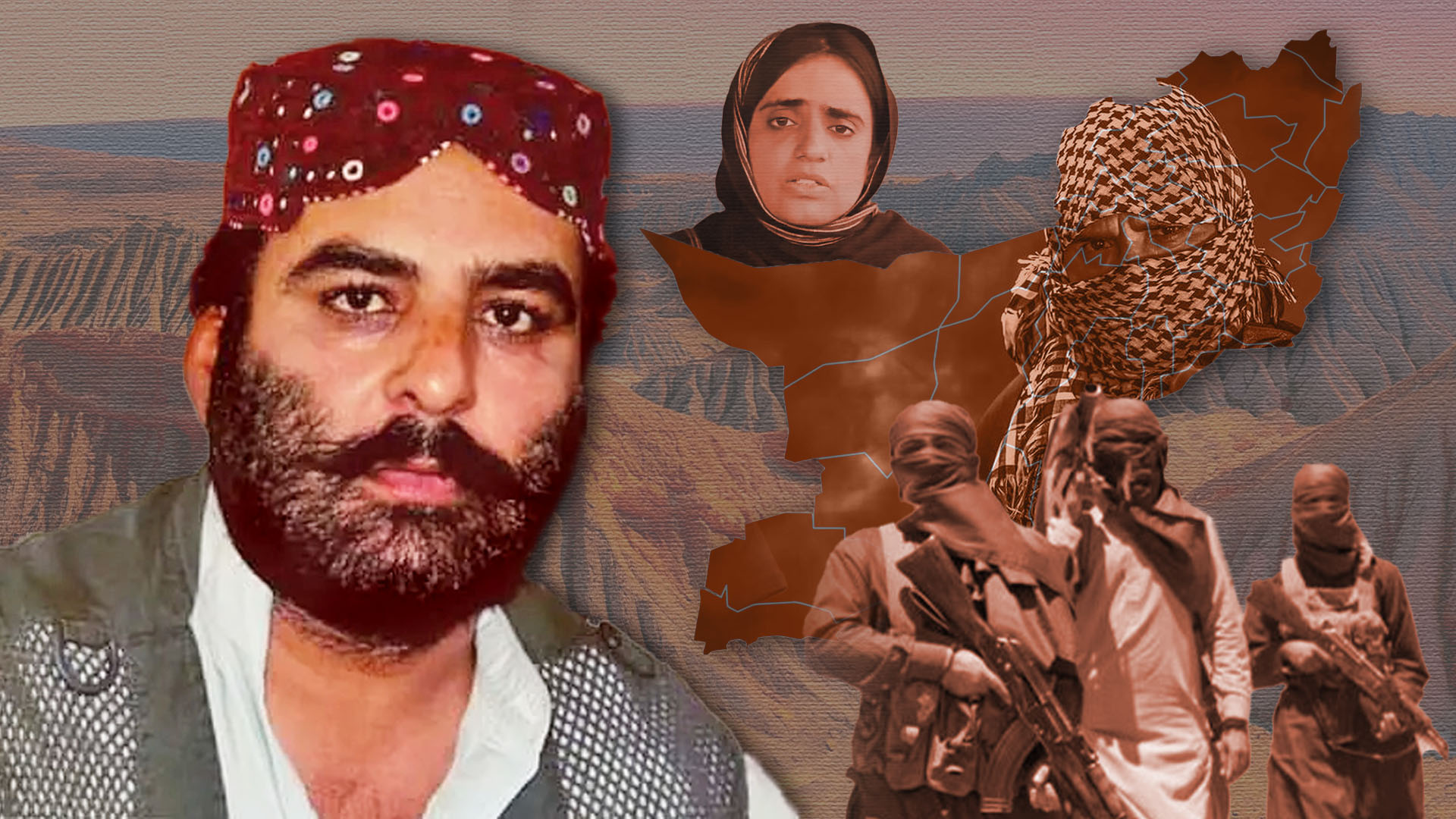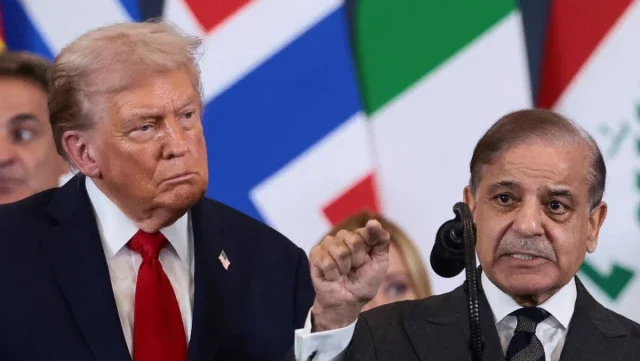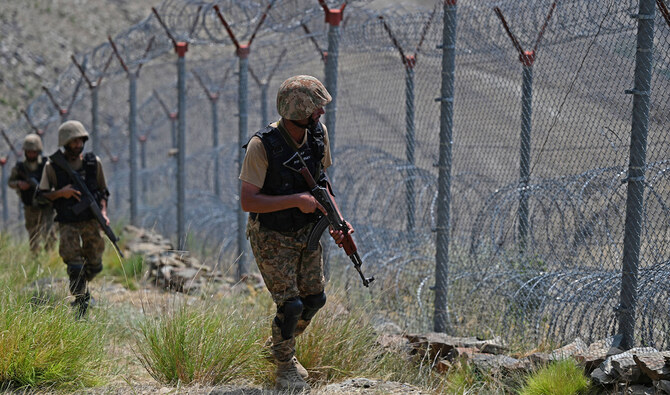In the wake of the politicized aftermath of Pahalgam, the Indian government, as is its wont to do, has taken recourse to what is its most predictable game plan: blaming Pakistan with not an iota of credible evidence. Former Indian Home Minister P Chidambaram’s assertion that there was no evidence to connect Islamabad with the violence tears through the fog of propaganda with cold edges. But his admission, however rare and belated, barely scratches the surface of a much more dangerous trend. India under Prime Minister Narendra Modi has transformed from an unstable democracy to a nuclear-armed propaganda state, and manufactured crises, false-flag operations, and Islamophobic narratives are preferred techniques of domestic political control. This is not a two-way nuisance. This is a global security issue.
India’s strategic delinquency under the BJP is not an aberration. It is a manifestation of a calculated transition led by the Hindutva ideology that ultimately envisages that India is now going to be turned into a Hindutva supremacist state. At the core of this agenda is the vilification of Muslims, both within India and across the border in Pakistan. Every electoral cycle, every internal disagreement, and every poor governance is quickly blamed on the outside. Pakistan has turned into this perennial straw man, where it is reached out for not simply out of strategic need but to stoke nationalist frenzy and deflect public attention from India’s deepening internal crises.
The incident at Pahalgam is a by-the-book case. With no forensic analysis, investigation, or international verification, India’s political and media machine went into overdrive and indicted Pakistan within hours. The goal was not the truth. It was optics. The government of Modi knows that a frightened, angry, and ignorant voter is a vote easier to manipulate. So the Pakistan bogie comes in handy – an artificial crisis that can be used again and again to drum up support, stifle dissent, and deflect embarrassing questions about the prices, joblessness, crookedness, and social unrest. In the hands of an ideologically committed regime, disinformation runs to doctrine.
This would be worrying in any democracy. But in a country like India, one that is armed with nuclear weapons, it is disastrous. The Modi government is by far the most irresponsible custodian of atomic weapons in the contemporary world. Its faith is not deterrence but compulsion. The 2019 Indian airstrikes in Balakot, carried out without evidence and in contravention of Pakistan’s sovereignty, established a dangerous precedent. Now, in 2025, the government flirts again with escalation, deploying Pakistan as a pretext for internal political gain, and losing sight of the balance to be struck for keeping the subcontinent stable. There can be no more explicit demonstration of how India is prepared to play fast and loose with nuclear brinkmanship for domestic electoral purposes.
Pakistan, on the other hand, has shown strategic forbearance all through. Given New Delhi’s continued provocations, baseless allegations, and aggressive disinformation campaign, Pakistan has also done well by exercising restraint above confrontation. Visible steps have been taken to mitigate the non-state elements, tighten the border, and work with multilateral forums for stabilizing the regional dynamics. But these attempts are summarily turned down or ignored by an Indian state that feeds on sustained hostility. The truth is evident, not Pakistan, but a methamphetamine addicted India wanting to cash electoral checks on hatred.
In Kashmir, the cost for human life from this fabricated narrative has been monstrous. Pahalgam, formerly a bustling tourist town, has slipped back into a familiar cycle of fear and economic devastation. Local businesses are shutting down, families are packing up and leaving, and children are growing up under military surveillance, in a place where New Delhi would rather throw suspicion at Pakistan than examine its policy failure in the region. The government’s approach has nothing to do with security; it is about shushing. By labelling the grievances of the Kashmiris as Pakistani plots, the Modi regime rationalizes the iron-fisted control of an occupied territory and nips in the bud any talk of justice, autonomy, or human rights.
This weaponization of untruth goes beyond Indian Occupied Kashmir. In India, the Hindutva establishment thrives on anti-Pakistan slurs to demonize Indian Muslims, muzzle dissent, and pass draconian laws. From the CAA to the demonisation of Muslim protesters, the internal story is no different from the external one. Pakistan is painted as an existential threat, with Indian Muslims as its internal proxies. It is a toxic, calculated conflation that serves the long-term BJP goal of a homogenized Hindu state. In this field, war talk is not only tolerable, but it is also permissible and advisable.
The media is a massive part of making that machine work. Vast sections of the Indian press have offered up all pretense of independence and honesty to be close to the power of the day. TV presenters shout for war, social media is awash with state-sponsored propaganda, and dissenting voices are bullied, shut down, or jailed. The upshot is an uninformed public. When an avowedly nuclear state’s population is raised on lies and hate, the likelihood of catastrophic miscalculation zooms ahead.
The world can no longer look the other way. India’s role as a trading partner or a counterweight to China cannot justify its reckless conduct. The claim that India is a responsible nuclear-weapon state also does not hold good. Its relentless cooking up of threats, its resistance to permitting independent investigation, and its continued silencing of minority voices all tell of a state that has thrown strategic maturity into the maw of majoritarian populism. A government that plays with war for votes is not a democracy in good health, but a threat to world peace.
The nuclear issue also must be recontextualized. India’s “no first use” doctrine has already been eviscerated by its political elite. Many BJP leaders have suggested abandoning it, and Modi himself has displayed a disturbing readiness to play military escalation as an election trump card. This is not strategic ambiguity, but an instability. A nuclear nation that can’t tell the difference between propaganda and policy is a hazard to the world. It is before this is the case that the world must act if rhetoric is not to become an action of no return.
The United Nations, along with significant powers and regional organizations, must work to establish a regime that restricts India’s narrative aggression and holds it accountable for its campaign of disinformation. They are supposed to be investigated by neutral third parties, as in the case of Pahalgam. If New Delhi is going to abuse its power to create instability, then there have to be diplomatic consequences. India should not be allowed to bully its neighbors and wear a mantle of moral superiority at the same time.
For Pakistan, however, the only way forward is by adopting a form of strategic diplomacy for its Government. It must amplify the truth on the global stage, expose India’s internal contradictions, and form coalitions that answer to justice. The peace of the region cannot be based on the vagaries of an extreme regime whose democratic pseudo-democratic credentials are not in doubt. Pakistan needs to take the lead to reset global perceptions of who the true instigator is in South Asia.
At the center of this crisis, we confront a simple fact: India’s governing regime has abandoned peace, has replaced responsibility with recklessness, and has replaced diplomacy with propaganda. The BJP’s doctrine of fear is not about defending India. It is controlling it by keeping its people angry, divided, and distracted. Pakistan is its favorite target, not because it represents a grave threat (far from it) but because lies are easier to peddle than reforms.
And the Pahalgam incident had nothing to do with Pakistan. It was about narrative warfare. And in this war, the Modi regime has shown that it is not merely an irresponsible actor, but the most dangerous nuclear-armed propagandist in the world today. For South Asia and the world, this can no longer be overlooked.

